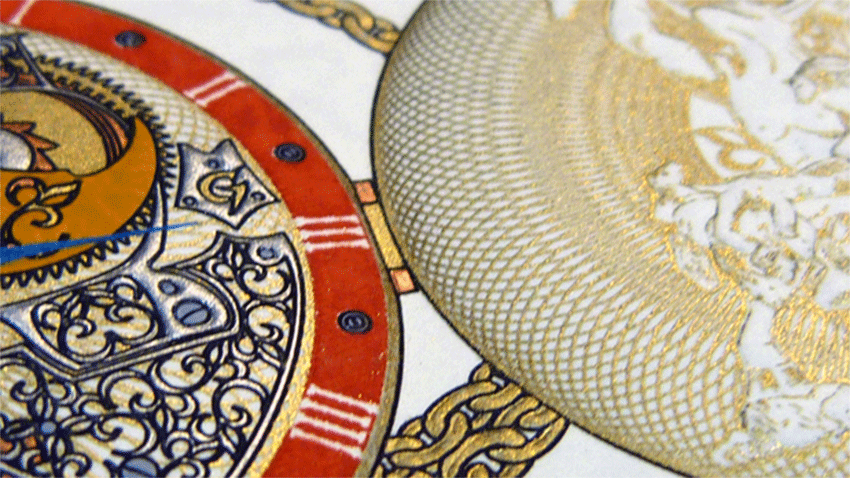Engraving is a printmaking technique that involves cutting your words or artwork into a metal plate which retains the ink and ultimately forms the printed image.
How it works
In the engraving process, your artwork is etched into (as in deep, sub, down) a copper or zinc printing plate – also called a die. Maximum size for these plates and thus your engraving artwork is 4.5 x 9 inches.
In the actual printing process, the finished plate is filled with ink, ensuring that all recesses are full. The plate’s surface is then wiped clean.
Next, slightly moistened paper is pressed against the engraving plate with immense pressure, literally pulling the ink from the plate’s sub-surface onto the substrate. This causes the engraving ink to sit high on top of your paper.
Steel plates are used for longer or repeat print runs, such as letterheads, stamps and money, while less expensive copper plates are used for one-offs and shorter runs.
Colors and inks
Even though most engraved pieces you come across will have more classic colors like gold, black, navy and gray, engraving inks are available in a full spectrum of colors, from pastels to fluorescents. These colors are usually mixed to correspond with the Pantone system.
Due to its ability to render minute details, engraving remains the most astounding print reproduction process.
« Back to Glossary Index





